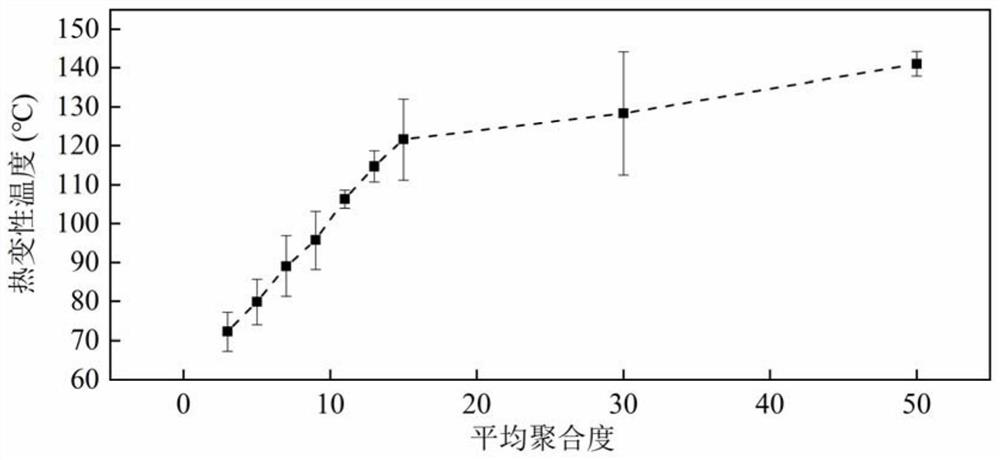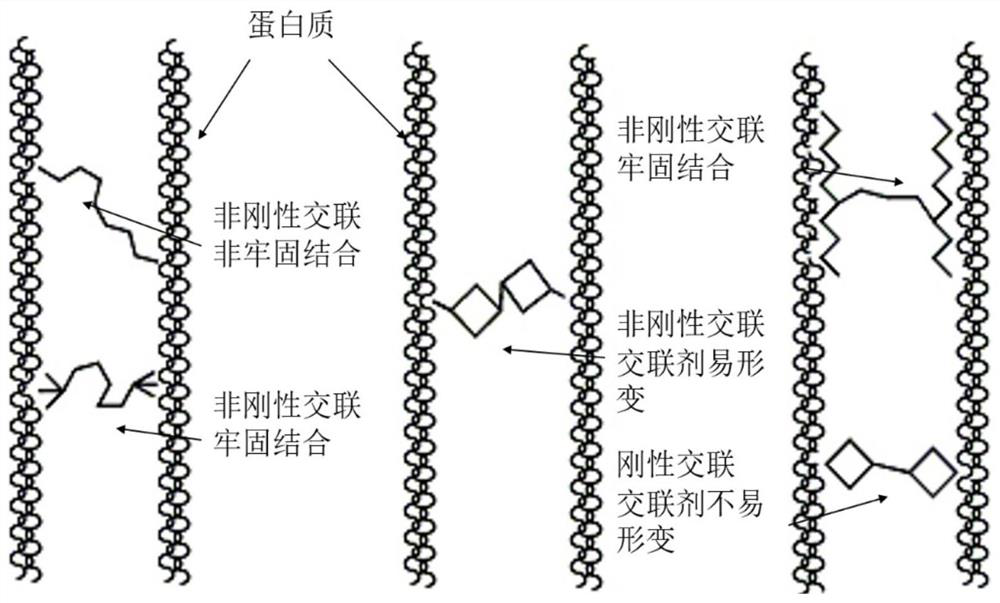Vegetable tannin antibacterial agent with body structure as well as preparation method and application thereof
A plant tannin and antibacterial agent technology, applied in botany equipment and methods, plant growth regulators, applications, etc., can solve the problems of difficult use of antibiotics and weak antibacterial ability of natural plant tannins
- Summary
- Abstract
- Description
- Claims
- Application Information
AI Technical Summary
Problems solved by technology
Method used
Image
Examples
Embodiment 1
[0043]Example 1 Preparation of plant tannins antibacterial agent
[0044]The preparation method of plant tannins antibacterial agents, including steps: 1) 15 pieces of benzene diphenols, 10 parts of ascorbic acid, and dissolved in 150 parts of methanol, and dissolved in 150 parts of hydrochloric acid, and mixed with 0.5 parts of hydrochloric acid and thoroughly mixed Under the conditions of 25 ° C, the reaction was reacted for 360 minutes, and 0.8 parts of sodium hydroxide was added after the reaction was completed, and the plant tannins degraded product was obtained.
[0045]2) Among the plant tanning degradation products obtained from step 1), 2 of formaldehyde, 10 of the fatty alcohol polyoxyethylene ether-3-sulfosuccinate monode sodium, then transferred to the microwave reactor, in power 600W, treatment under temperature 40 ° C for 120 minutes, and the plant tannins antibacterial product 1 is obtained.
Embodiment 2
[0046]Example 2 Preparation of plant tannins antibacterial agents
[0047]The preparation method of plant tannins antibacterial agents, including the following steps: 1) Add 75 cases of Hysteamine to 100 pieces, 80 copysis, and dissolved in 10 methanol, add 11 sulfuric acid and adequate After mixing, at a temperature of 30 ° C, the reaction was reacted for 360 minutes, and 0.6 parts of potassium acetate was added, and the plant tannins degradation product was obtained.
[0048]2) Among the plant tannins obtained from step 1), 0.4 decay is added, 10 of lauryl sulfonated succinic acid monoester, then transferred to a microwave reactor, at power 500W, temperature 40 ° C conditions Under the treatment of 60 minutes, the plant tannins antibacterial finished product 2.
Embodiment 3
[0049]Example 3 Preparation of plant tannins antibacterial agent
[0050]The preparation method of plant tannins antibacterial agents, including steps: 1) 350 cases of cysteamine, 15 parts of ascorbic acid, and dissolved in 200 parts of ethanol, add 0.8 parts of hydrochloric acid, and completely mixed with 200 parts of ethanol. Under the conditions of 50 ° C, the reaction was reacted for 300 minutes, and 10 parts of potassium acetate were added after the reaction was completed, and the plant tannins degradation product was obtained.
[0051]2) Among the plant tanning degradation products obtained to step 1, 10 parts of formaldehyde, 8 single moonli phosphate, and then transferred to the microwave reactor, and processed for 60 minutes under the temperature of 750W, temperature 25 ° C for 60 minutes. Plant tannins antibacterial product 3.
PUM
| Property | Measurement | Unit |
|---|---|---|
| The average particle size | aaaaa | aaaaa |
Abstract
Description
Claims
Application Information
 Login to View More
Login to View More - R&D
- Intellectual Property
- Life Sciences
- Materials
- Tech Scout
- Unparalleled Data Quality
- Higher Quality Content
- 60% Fewer Hallucinations
Browse by: Latest US Patents, China's latest patents, Technical Efficacy Thesaurus, Application Domain, Technology Topic, Popular Technical Reports.
© 2025 PatSnap. All rights reserved.Legal|Privacy policy|Modern Slavery Act Transparency Statement|Sitemap|About US| Contact US: help@patsnap.com



